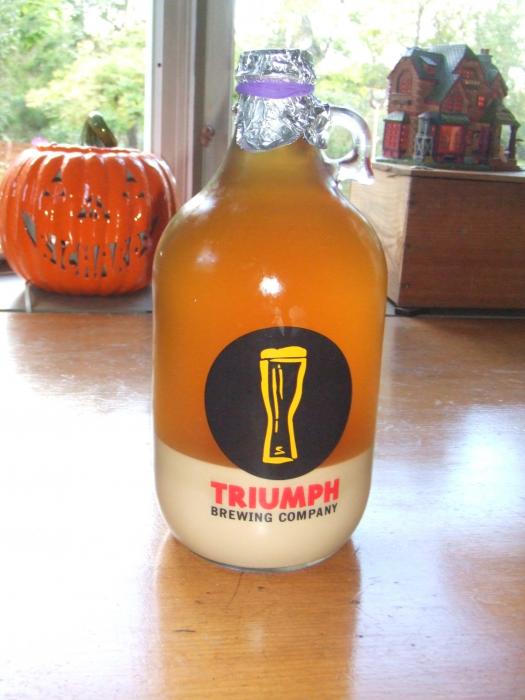I agree it was written for non-scientists, however...
"This is a book I wanted to write for a long time. I've written about yeast, spoken about yeast, and worked with yeast every day for what seems like forever. I wanted to put that information and more into one source. I began to write this book three years ago with my brother, Mike White. We put a lot of material together, but it was still missing something. When Jamil Zainasheff came into the project..."
--Chris White from "Acknowledgements" in the book "Yeast"
There are sections of "Yeast" that were clearly written or dictated by Chris or someone formally trained in the field. However, the more applied sections were clearly written by Jamil. No scientist worth his/her salt would recommend rinsing yeast with boiled tap water. That's Jamil's handiwork. Once again, Chris never mentions the process when speaking before an audience of professional brewers.
Does "inconclusive" mean yes, no, or neither?
In the world of science, inconclusive is a way of saying that a scientist was unable to prove that a process, method, compound, therapy, etc. works as claimed.
The concept of storing yeast under water is based on study that was performed a couple of decades ago. The study was conducted in order to find ways to store cultures long term without refrigeration. The study claimed that small amounts of yeast can be maintained for years under sterile (i.e., autoclaved) distilled water if the culture has been separated from all nutrient sources.
I remember when the practice was introduced to the amateur brewing community back in the nineties. It was really big in the my area because the ATCC offered a course on the technique. Everybody and their brother (including yours truly) got in on the action. Somehow storing small amounts of yeast under autoclaved distilled water morphed into storing cropped yeast under boiled tap water via Internet forum postings.
Chris White stated that he was unable to produce conclusive results when attempting to generalize the technique to include storing crops under sterile water in his lab several years ago. If that situation has changed, I am positive that he would have produced a formal paper for the professional brewing community by now.
By the way, rec.crafts.brewing contributor Dave Whitman wrote an article on the process back in 1996.
http://www.brewery.org/brewery/library/SterileDW1096.html
In the article linked above, Dave makes it clear that boiled water is not sterile.
"Wort, distilled water, and all containers should be STERILIZED (not just sanitized). This means pressure cooking 20 minutes at 15 psi, or repeatedly boiling for 30 minutes on 3 days in a row."
The process of boiling water (or media) for three days in a row is known as tyndallization. The process works by boiling to kill vegetative cells, allowing a day for spores to germinate into vegetative cells, and boiling again to kill the germinated vegetative cells. After three days, it can be assumed that all spores that will germinate have germinated.
Another important part of the recipe is depriving the yeast culture of nutrients. Boiled tap water contains minerals and tiny amounts of colloidal matter, and it is darn near impossible to separate a cropped yeast culture from all of the green beer and organic material without using a centrifuge. Dave makes it clear in his article that the medium has to be completely nutrient free in order to force a complete shutdown of cell metabolism, which is key to the storage method.
"The concept is that in distilled water with no nutrients around, the yeast just go dormant. (That's why you want to avoid transferring any nutrient media when you grab the sample - you're TRYING to starve them). "
In the end, I abandoned the technique because the only advantage that it offered over storage on slants is that the cultures could be stored at room temperature. It did not simplify yeast management in a home brewery environment.




